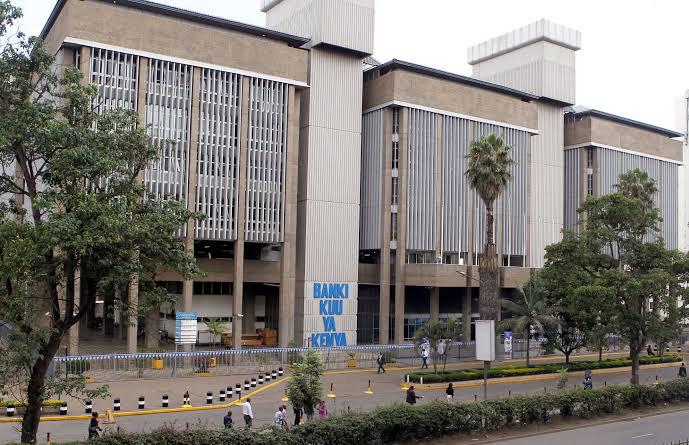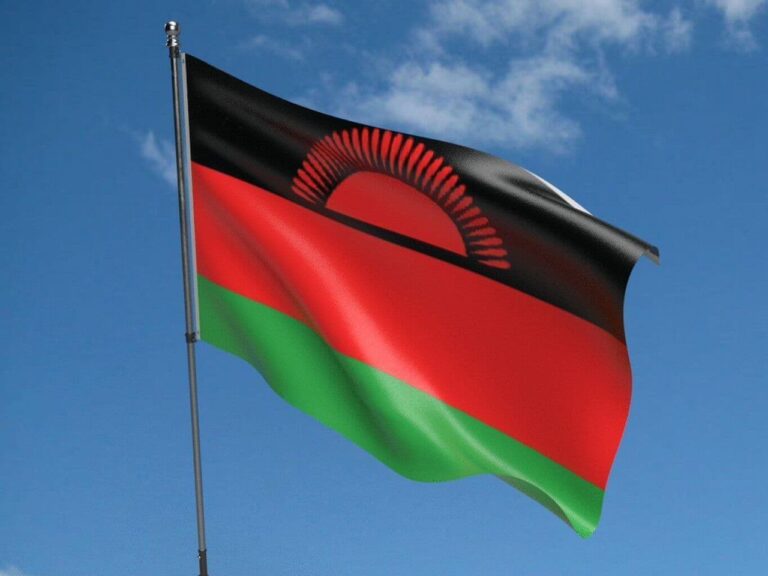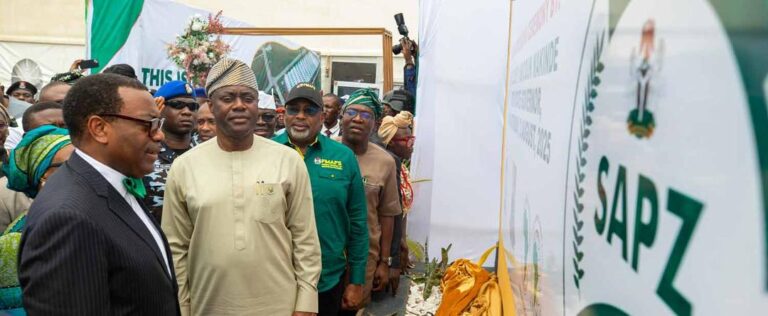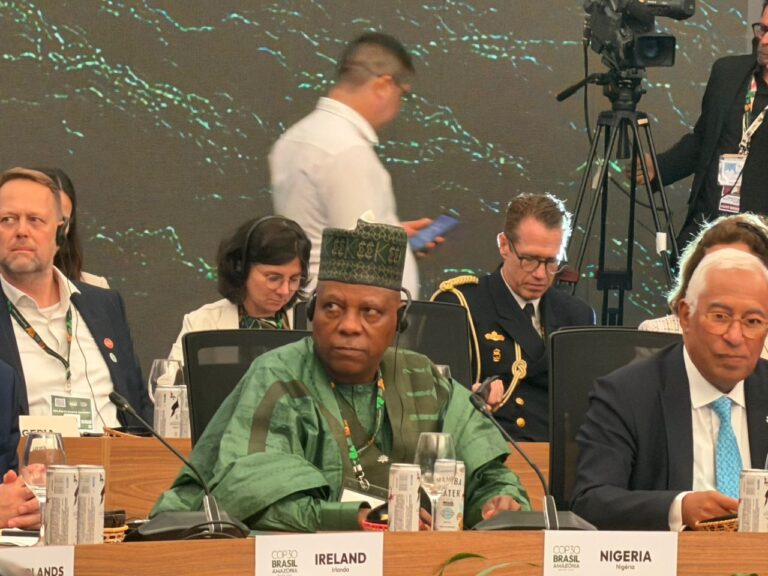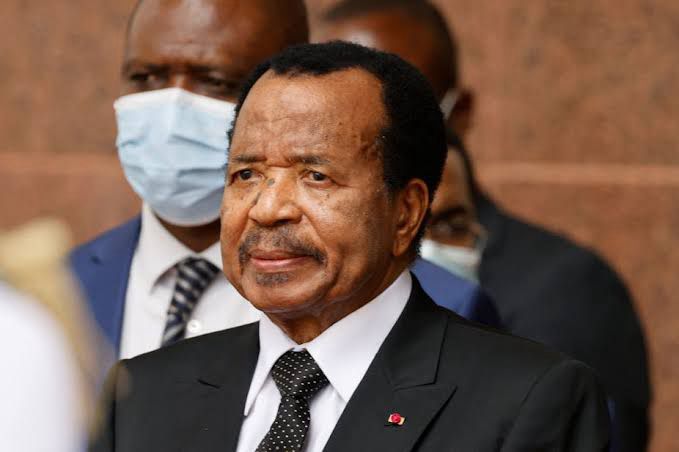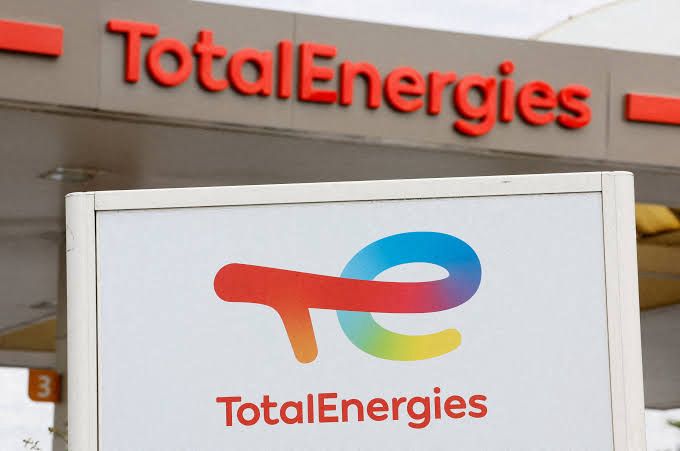The Central Bank of Kenya (CBK) announced a further reduction in its benchmark lending rate, lowering it by 25 basis points (bps) to 9.25% from 9.50%. marking the eighth consecutive meeting in which the Central Bank’s Monetary Policy Committee (MPC) has eased its stance, citing comfortable inflation levels and continued room for supporting economic activity. CBK said in a statement on Tuesday.
According to a statement from CBK the decision reflects its commitment to augmenting previous policy actions aimed at stimulating credit growth in the private sector and bolstering the overall economy.
This is the eighth consecutive reduction since the rate reached a 12-year high in April 2024, representing a cumulative easing of 350 basis points.
“These will augment the previous policy actions aimed at stimulating lending by banks to the private sector and supporting economic activity, while ensuring inflationary expectations remain firmly anchored, and the exchange rate remains stable.” CBK noted.
The MPC’s statement underscored that the continued easing is warranted by a favorable inflation outlook and stable expectations.
Consumer inflation in September stood at 4.6%, slightly up from 4.5% in August, but firmly within the CBK’s target range of 2.5% to 7.5%. This stability provides the necessary space for the central bank to prioritize growth-supportive measures.

The primary objective of the rate reduction is to encourage commercial banks to lower their lending rates further, thereby expanding credit to the private sector and stimulating consumption and investment.
By reducing the cost of borrowing, the CBK aims to support the momentum of Kenya’s economic recovery. The central bank also slightly raised its growth forecast for 2026 to 5.5% from 5.4%, while maintaining 2025 growth outlook at 5.2%.
Exchange Rate: The MPC stressed the importance of ensuring the exchange rate remains stable while pursuing monetary easing.
The apex bank noted that its foreign exchange reserves, which currently stand at $10.7 billion (4.72 months of import cover), continue to provide adequate cover and a buffer against short-term domestic and external shocks.
The CBK noted that it sees “scope for a further easing of the monetary policy stance” to reinforce the efforts to expand bank credit and support economic growth, while remaining vigilant to ensure inflationary expectations remain firmly anchored.




